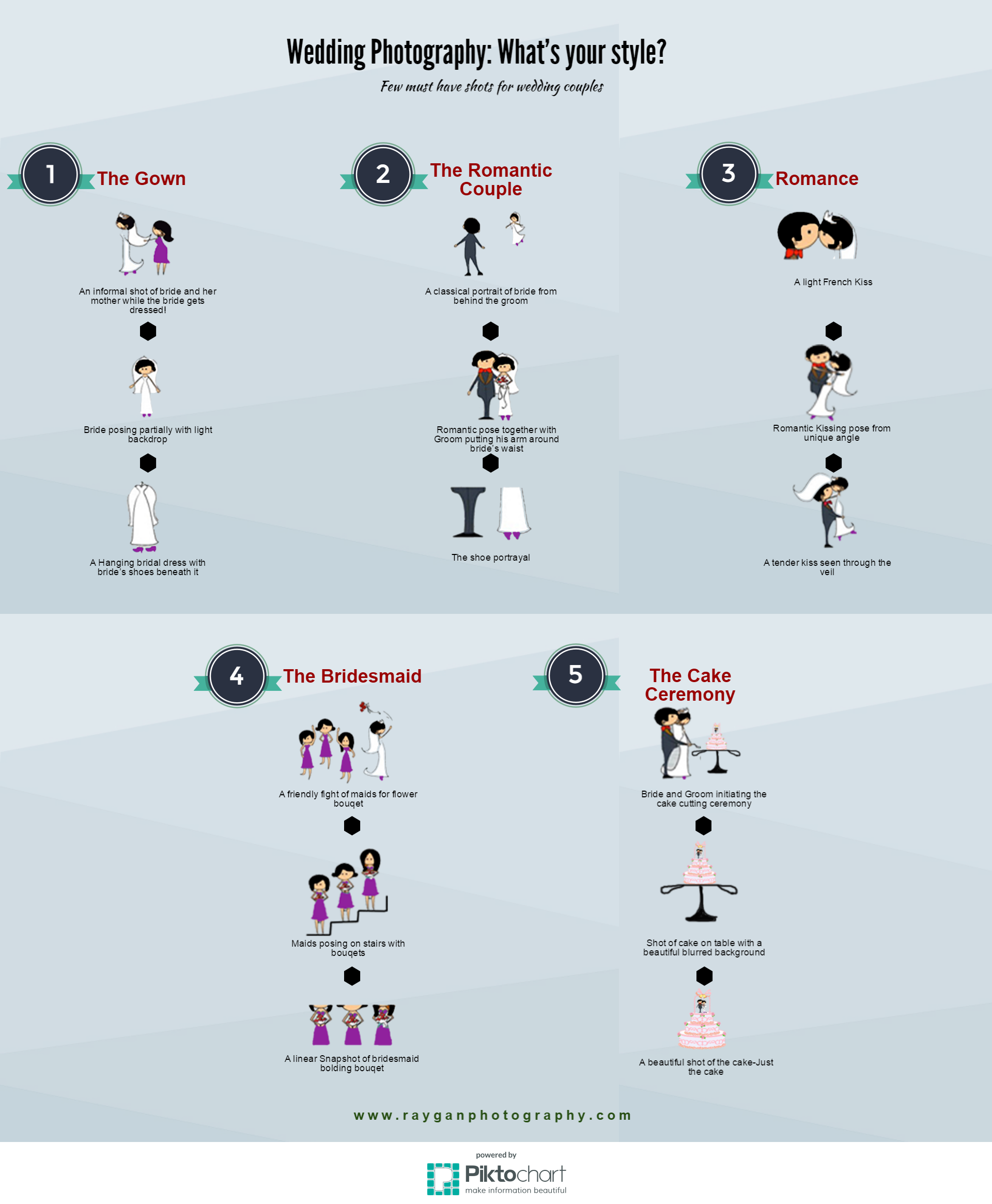Join Us To Find Vital Photography Tips That Will Certainly Open Your Camera'S Possibility-- Prepare To Capture Spectacular Images In No Time!
Join Us To Find Vital Photography Tips That Will Certainly Open Your Camera'S Possibility-- Prepare To Capture Spectacular Images In No Time!
Blog Article
Content By-Ballard Odgaard
When you initially get your cam, it can really feel overwhelming with all the setups and alternatives readily available. You could find yourself questioning how to browse aperture, shutter speed, and ISO properly. Understanding these principles is vital, yet there's more to digital photography than simply technical knowledge. Understanding make-up techniques and lighting conditions can elevate your photos significantly. So, what happens if you could discover simple strategies to improve your abilities and begin capturing excellent photos sooner than you think? Let's check out how to change your photography journey.
Comprehending Video Camera Settings
Recognizing your video camera settings is vital for recording magnificent pictures. When you get your camera, acquaint yourself with the three primary setups: aperture, shutter speed, and ISO. Each plays an essential role in how your images end up.
Begin with aperture, which controls the amount of light going into the lens. A larger aperture (lower f-number) lets in a lot more light and creates a beautiful background blur, perfect for pictures. Conversely, a narrower aperture (higher f-number) maintains more of the scene in emphasis, perfect for landscapes.
Next off, focus on shutter rate. This setting identifies the length of time your camera's sensing unit is revealed to light. A rapid shutter rate ices up activity, which is great for activity shots, while a sluggish shutter rate can produce sensational effects like smooth water in landscapes.
Lastly, change your ISO. This setup affects your video camera's sensitivity to light. A higher ISO is useful in low-light situations yet can introduce sound or grain. Aim for the most affordable ISO feasible while still achieving proper direct exposure.
Structure Strategies
When you're out shooting, make-up can make all the difference in exactly how your pictures resonate with customers. Beginning by utilizing the policy of thirds; envision your structure split into 9 equal sections with two horizontal and two upright lines. Setting key elements along these lines or at their junctions to create equilibrium and rate of interest.
Next off, take into consideration leading lines. These natural lines in your scene, like roadways or rivers, attract the viewer's eye right into the photograph, leading them with the tale you're informing.
Don't ignore framing; use aspects within your scene, like trees or windows, to create a frame around your subject, adding depth and focus.
Additionally, watch on your background. A chaotic background can distract from your major subject, while a straightforward one helps it attract attention.
Lastly, try out proportion and patterns; they can develop a striking photo that captures attention.
Learning Lighting Issues
Grasping illumination conditions is essential for capturing spectacular photos, as the ideal light can change a regular scene into something remarkable.
Start by observing natural light at various times of the day. Mornings and late afternoons use the best light, referred to as the gold hour. The soft, warm tones throughout these times can improve your pictures magnificently.
Don't shy away from cloudy days either; diffused light can lessen rough shadows and create a pleasing impact, particularly for portraits.
Experiment with backlighting by placing your topic versus the source of light. This method can produce a fanciful halo effect and add deepness to your pictures.
https://squareblogs.net/karrie44tena/innovative-digital-photography-ideas-releasing-your-imagination on your electronic camera settings too. Adjust the ISO, aperture, and shutter rate to match the illumination problems. A higher ISO can help in low light, however beware of grain.
Use a tripod in darker settings to stay clear of blur.
Finally, do not forget synthetic lights. Flash and continuous lights can be great tools for managing light in difficult conditions.
Verdict
To conclude, understanding your electronic camera does not have to be overwhelming. By comprehending your setups, using structure techniques, and harnessing the power of natural light, you'll swiftly elevate your digital photography skills. Bear in mind, practice makes ideal, so go out there and experiment with your newfound expertise. With time and devotion, you'll be recording spectacular images that mirror your one-of-a-kind perspective. Take pleasure in the trip, and don't neglect to have fun while you go to it!
